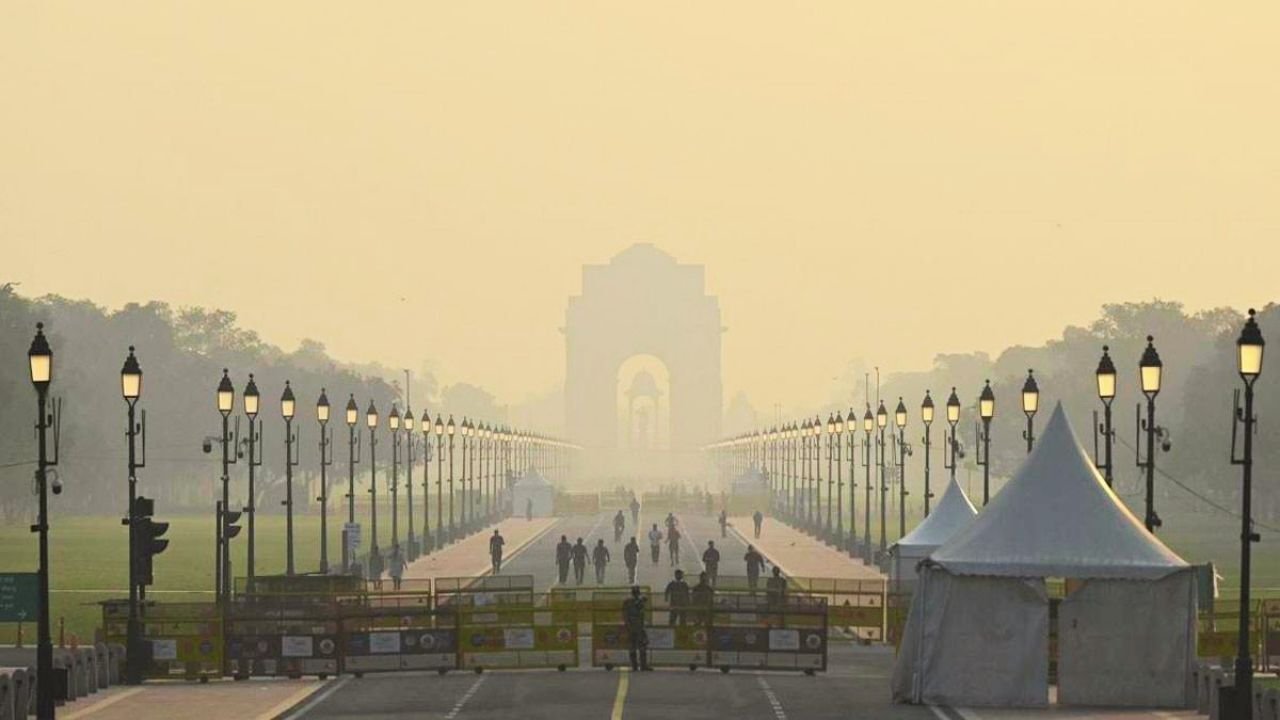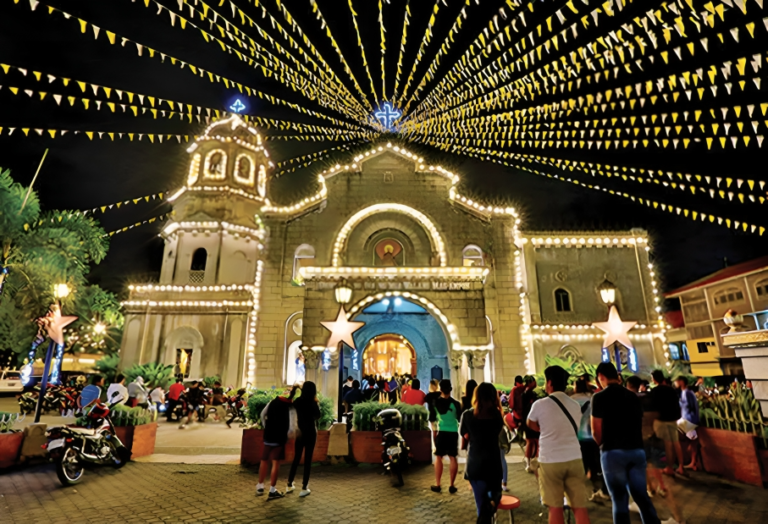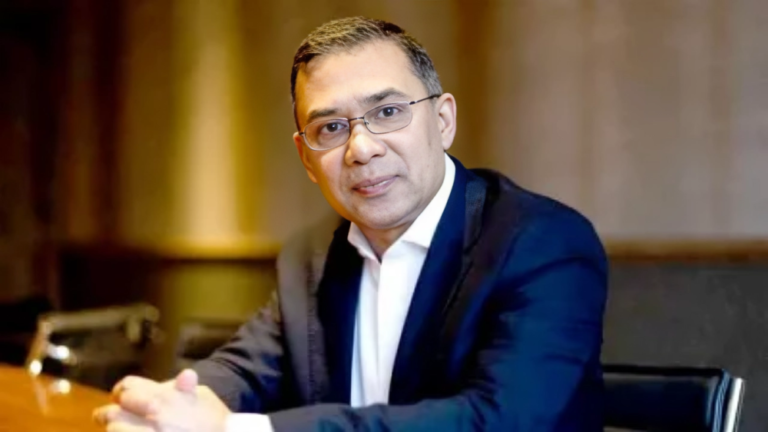As winter descends upon Delhi, a familiar gloom envelops the city, marked by a thick blanket of smog that casts a grey pall over daily life. The air is heavy with ash, and even short periods outdoors leave residents breathless and coughing. With air quality scores soaring between 1,200 and 1,500—far exceeding the acceptable limit of 100—schools have closed, and authorities urge people to remain indoors.
This year’s smog has reignited a sense of déjà vu among Delhi’s inhabitants, who feel as though they are trapped in a recurring nightmare. Social media is flooded with expressions of shock and disappointment, as many reflect on the ongoing pollution crisis that has persisted over the past 15 years.
The health implications of this crisis are severe, with tiny particulate matter (PM2.5 and PM10) infiltrating lungs and leading to various diseases. Hospitals are witnessing a rise in respiratory issues, particularly among vulnerable populations such as children and the elderly, who are advised to stay indoors.
Each winter, the cycle repeats: political blame games ensue, discussions of root causes and potential solutions arise, yet tangible change remains elusive. The primary contributors to Delhi’s pollution include vehicle emissions, construction dust, and crop burning in neighboring states. While there have been promises of machines and financial incentives to curb crop burning, little progress has been made.
Despite the public health emergency, widespread anger has not materialized into significant protests. Many residents lack immediate alternatives, as pollution’s effects are gradual, leading to a sense of resignation among those most affected. The affluent can escape the pollution or invest in air purifiers, while lower-income individuals continue their daily struggles amidst the smog.
Experts emphasize the need for a unified approach among federal and state governments, urging them to set aside political differences and focus on sustainable solutions. Citizens must also demand accountability and proactive measures from their leaders.
As Delhi enters another winter filled with smog, temporary measures like construction bans have been announced. However, the question remains: will these actions restore the city’s elusive blue skies? The outlook, based on past experiences, is far from hopeful.












+ There are no comments
Add yours